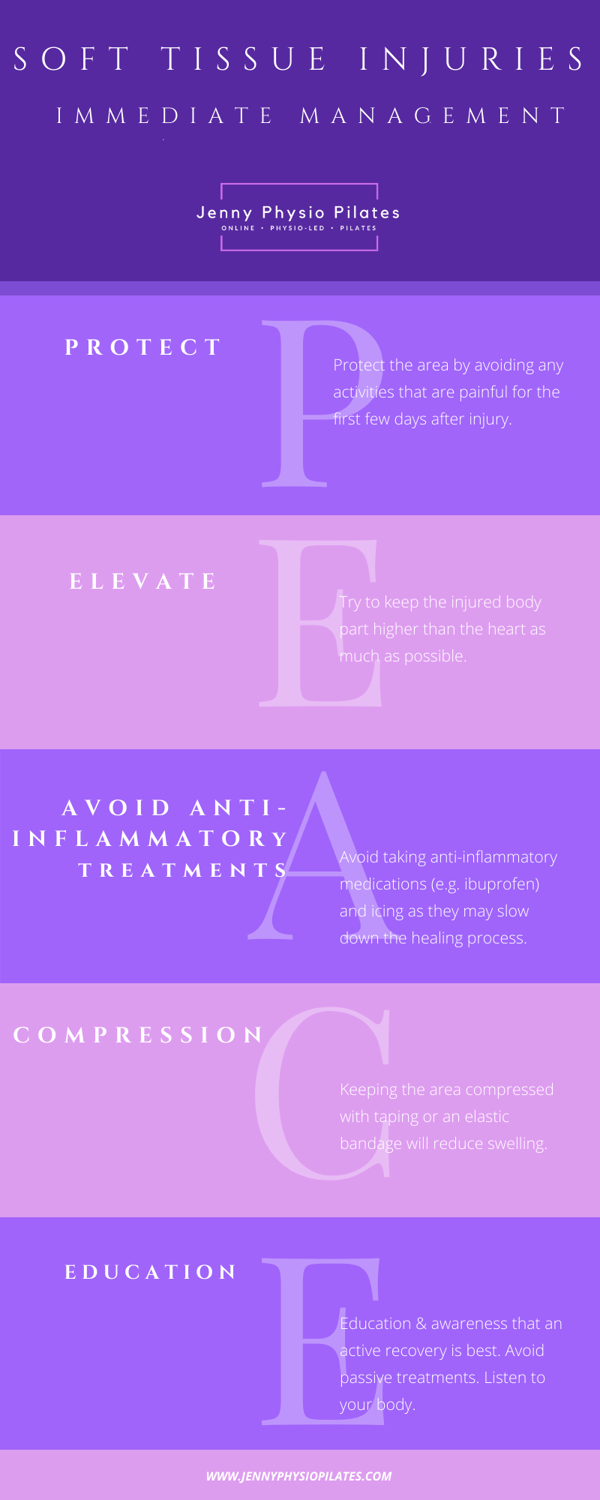Are you aware of your ability to balance? Do you incorporate balance practices into your daily or exercise routine? Do you know why is balance important?
⭐ Have you ever wondered why the Physio-Led Pilates Classes include exercises in standing, challenging your balance (which everyone just loves😆)? We'll you're about to find out! ⭐
What exactly does "balance" mean?
Balance is defined as the maintenance of an even distribution of weight which enables someone to remain upright and steady.
When do we need to rely on our ability to balance?
Our ability to balance is continually challenged - even with simple everyday tasks!
⚠️ Did you know:⚠️ we rely on our balance to keep us upright when sitting! Most of this comes from our core muscles and trunk control.
As we walk, each time we take a step we are balancing on one foot for a short period of time. When we run the time spent on one leg increases dramatically! As you can imagine, if you struggle with balancing on one leg, your body has to work a lot harder when you walk or run and this can make you more susceptible to an injury, particularly from the low back down.
Your balance is challenged even further when changing levels, e.g. going up or down a step, stepping off a curb or out of the shower/bath. If that’s not already enough, the even greater challenge to balance is standing/walking/running on an unstable surface. These unstable surfaces can be something as simple as a soft surface (e.g. a thick carpet, grass, sand) or an unpaved or cobbled road.
So how hard is it really to balance?
How hard does YOUR body have to work when doing a simple balancing task?
Well why don’t you give it a go to find out...try stand on one leg for 30 seconds. You might be thinking pfft that’s easy(!) but give it a go.... you may be quite surprised at the challenge!
If it is relatively simple for you...can you stand on one leg with your eyes closed? This not only assesses your balance but also your proprioception (your joints’ awareness of where they are in space). This is particularly important in preventing ankle injuries when it comes to stepping off a curb or playing sport.
⚠️ Did you know:⚠️ for adults over the age of 65, balance exercises are advised at least twice per week to reduce the incidence of falls and injuries.
Do balance exercises reduce injuries?
YES! The inclusion of balance exercises into a daily or exercise routine have been shown to reduce falls and injuries occurring.
⭐TIP: If you have osteoporosis it is particularly important to important to work on your balance to reduce the risk of a broken bone occurring from a fall.
Amongst the sporting population, including balance exercises in your regular training have been shown to:
- Reduce risk of ACL tears
- Reduce the risk of overuse knee and ankle injuries
- Reduce the risk of lower limb (hip,knee & ankle) sports injuries
- Reduce the risk of re-injury to the ankle
⚠️ Did you know:⚠️ balance exercises are included in professional sports training programmes, including the FIFA-11+ injury prevention programme for footballers!
So now you know why balance exercises are included in the Physio-Led Pilates Classes....p.s. I enjoy those exercises just as much as you do 😂
⭐TIP: There are simple ways to incorporate balance exercises into everyday life - next time you are brushing your teeth or waiting for the kettle to boil try standing on one leg!
Based on information from:
Hrysomallis, C. Relationship Between Balance Ability, Training and Sports Injury Risk. Sports Med 37, 547–556 (2007). https://doi.org/10.2165/00007256-200737060-00007.
Sherrington C, Whitney JC, Lord SR, Herbert RD, Cumming RG, Close JC. Effective exercise for the prevention of falls: a systematic review and meta-analysis. J Am Geriatr Soc. 2008 Dec;56(12):2234-43. doi: 10.1111/j.1532-5415.2008.02014.x. PMID: 19093923.



